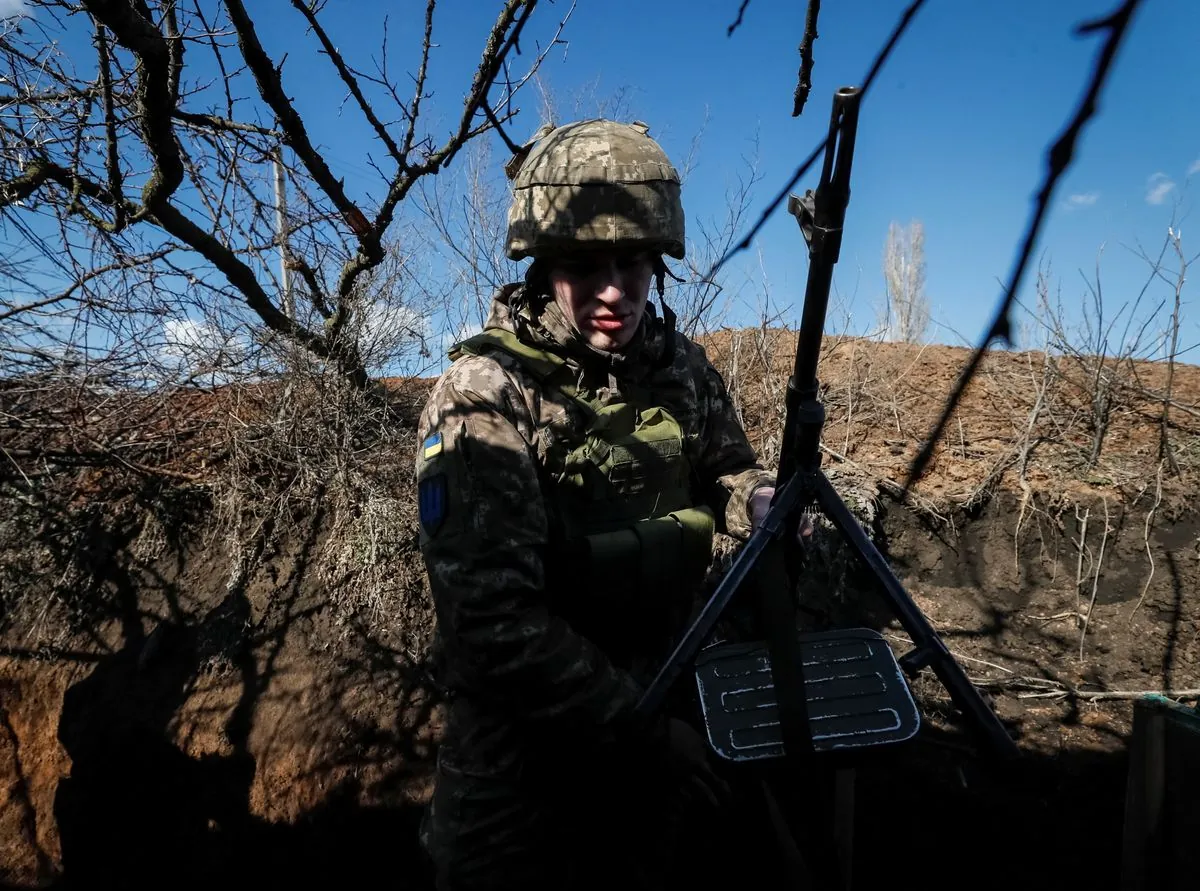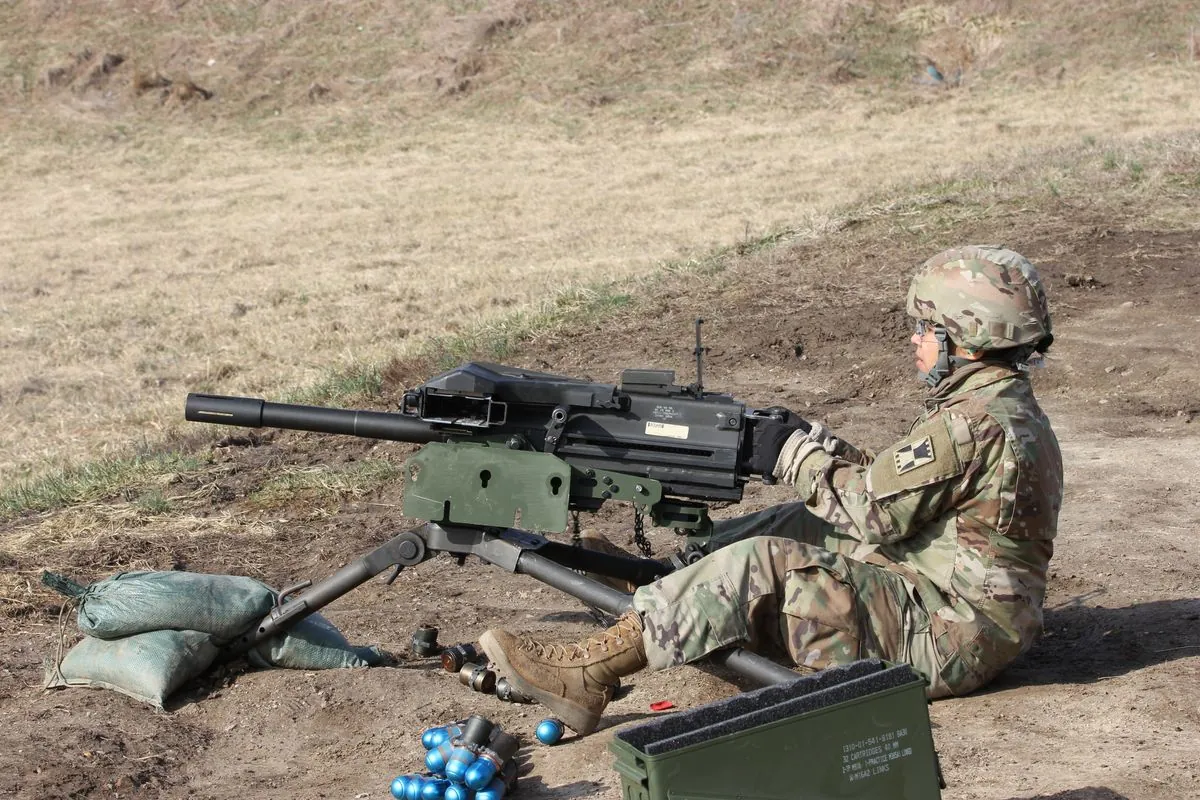Ukrainian Forces Face Improved Russian Tactics in Donetsk Region
Ukrainian soldiers confront enhanced Russian strategies in Donetsk, leading to significant territorial losses. Improved enemy tactics, combined with Ukraine's challenges, allow Russian forces to gain ground rapidly.

In the ongoing conflict in eastern Ukraine, Ukrainian forces are grappling with enhanced Russian tactics in the Donetsk region. The situation has led to substantial territorial losses for Ukraine, with Russian forces employing small teams, superior artillery, and drones to gain ground at a pace unseen since the full-scale invasion in 2022.
Ukrainian soldiers from various units along the front line have reported improved Russian strategies that combine their advantages into formidable attacks. The enemy troops now operate in small teams, minimizing detection and complicating return fire. This approach is supported by superior quantities of artillery and drones, as well as improved battlefield communication for coordinated attacks.
The 33rd Mechanized Brigade, a formation of the Ukrainian Ground Forces, has experienced these challenges firsthand. Senior Sergeant Andrii Bilozir described a recent engagement where his unit was forced to withdraw due to overwhelming Russian reinforcements and support fire.

The territorial losses have been particularly significant in several areas, including Vuhledar, a city in Donetsk Oblast. The 72nd Mechanized Brigade, named after the Black Zaporozhtsi, had defended this small citadel for about two years without relief. However, by October 2, 2024, Vuhledar fell under Russian control, marking a substantial setback for Ukrainian forces.
According to Pasi Paroinen, an analyst with the Black Bird Group, an open-source intelligence analysis collective based in Helsinki, Russian forces gained territory in August and September 2024 at a rate not seen since 2022. During this period, they increased occupied territory across Ukraine by 318 square miles, with 268 square miles claimed along the front between Bakhmut and Vuhledar.
The steepest losses occurred from mid-August to mid-September 2024, coinciding with a Ukrainian incursion into Russia's Kursk region. This surprise offensive, involving 30,000 Ukrainian soldiers, was partially intended to draw enemy troops away from the eastern front. However, it may have contributed to the losses in Donetsk by diverting experienced units and resources.
Rob Lee, a senior fellow with the Foreign Policy Research Institute, suggests that the Kursk operation has likely stretched Ukrainian personnel thin, exacerbating existing manpower issues. Heavy losses of experienced Ukrainian soldiers, coupled with new troops rushed to the front with limited training, have added pressure on units holding the line.
The impact of Russia's advance is being felt throughout the region. Pokrovsk, a key highway and rail hub in Donetsk Oblast, has been under attack for weeks, with civilian evacuations ongoing. The destruction of railways and bridges has effectively rendered it unusable, forcing longer and more perilous routes through the area.
Ukrainian forces are adapting to the revised Russian tactics. On a training range in the Donetsk region, soldiers from the 68th Jaeger Brigade practiced with U.S.-made .50-caliber and M240 machine guns at night. These weapons are crucial in countering the small teams of well-trained Russian troops that now assault Ukrainian positions.
"They don't spare people, and their men are forced to move through those paths. And in the last place where we were working, there's a crossroads completely littered with bodies, and they keep coming, because they have orders. There's already a mass of them. Everything is black with corpses."
The conflict's effects are rippling back from the front lines, with civilians fleeing towns now within range of Russia's weaponry. In Myrnohrad, a small town east of Pokrovsk, workers salvaged medical equipment from a bombed-out hospital, including an MRI machine, highlighting the urgent need to preserve critical resources.
As the situation evolves, both sides continue to suffer heavy losses. The strategic question, as posed by Rob Lee, is at what point this becomes unsustainable or leads to political problems for either side. For now, Ukrainian soldiers are focused on holding their positions while adapting to the changing nature of the conflict.


































